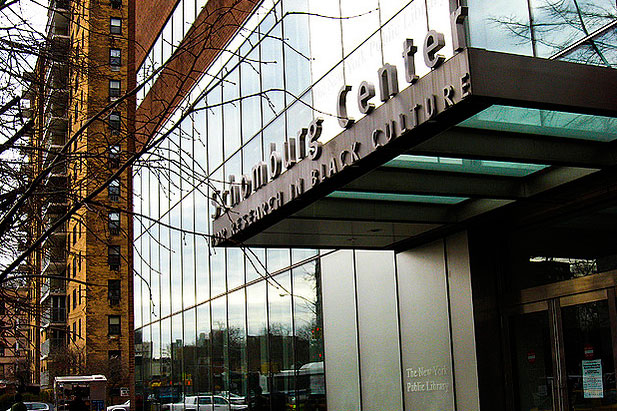
(Trini Map)
By Earl Mcfield
Bronx Journal Staff Writer
When Arturo Alfonso Schomburg was growing up in his native Puerto Rico, a teacher told him that, “black people have no history, no heroes, and no great moments.” The statement made such an impact on the young boy, that he set out on a life-long crusade to prove that his teacher was wrong.
First in Puerto Rico and later in Harlem, he collected every book, manuscript, etching and pamphlet on black history that he could get his hands on. He gathered more than 10,000 documents, especially works of art, which illustrated the history of his African ancestors.
Schomburg migrated to the New York in 1891, where he continued building his collection while working as a Spanish teacher. He became known as a distinguished black scholar and bibliophile. Yet, after experiencing racial discrimination, Schomburg began to call himself an “Afroborinqueño” – which means Afro-Puerto Rican – and became a leader in the independence movement for Puerto Rico and Cuba. 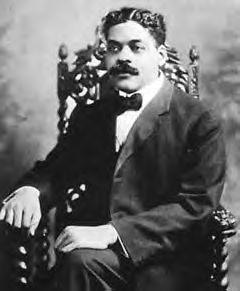
Eventually, Schomburg’s collection grew to be so impressive that in 1926, it was purchased for $10,000 (a great sum at that time) by the New York Public Library and added to the library’s Division of Negro Literature, History and Prints at its 135th Street Branch. Schomburg served as the Division’s curator for several years. Two years after Schomburg’s death in 1938, the 135th Branch was renamed in his honor.
The Schomburg Center for Research in Black Culture, 515 Malcolm X Boulevard, at 135th Street in the heart of Harlem, is a huge resource of black heritage. Easily accessible via the Number 1, 2 or 3 IRT subway lines, the center occupies nearly an entire city block along 135th Street, in the Harlem neighborhood where Schomburg spent most of his life.
“The Schomburg Center is a rich cultural resource that represents the reformation of an oppressed and repressed human identity,” said Sharon Howard, director of Public Service for the Center’s General Research and Reference Division since 1979. “Children of the New World have the opportunity to be exposed to positive role models and intellectuals who deviate from stereotypical norms.”
Since Schomburg was Puerto Rican, Howard said she would like to see the Hispanic community utilize the Schomburg Center, and “to know that it exists and realize that it is a part of their heritage too. We would certainly like to embrace the Hispanic community more,” she added, “and there is always room for improvement.”
Schomburg died in a Brooklyn Hospital on June 8, 1938 and he was buried at Cypress Hills Cemetery in Brooklyn. But the building that bares his name has a huge presence in the Harlem community, because it houses what is still considered the most complete collection of African and African-American literature, art, pictures, and records in the United States.
On its web site, the center is described as “one of the world’s leading research facilities devoted to the preservation of materials on the global African and African diasporan experiences” and a sponsor of “programs and events that illuminate and illustrate the richness of black history and culture.”
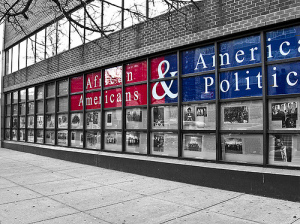
(Trini Map)
With its glass doors and windows, the Center invites all to peek inside and take part in history. Once inside, the eagerness in the atmosphere makes it clear that this is not a traditional library. A visitor can barely hear the voice of a tour guide fighting for attention over the muffled voices of a group of young schoolchildren.
“I’ve been coming to the Schomburg Center for some time now and I always feel a deep sense of pride when I see the young kids learning about our people, like Adam Clayton Powell Jr. and A. Philip Randolph,” said Joseph Frasier, 55, a sanitation worker.
Raell Muton, 27, a musician, remembers that every Sunday his mother would take him and his younger brother to the Abyssinian Baptist Church in Harlem. “After church she would talk about how she traveled from Ethiopia to come to America,” said Muton.
“Then I came to the Schomburg Center and found out that Ethiopia was once called Abyssinia and it was started by African-Americans, it’s so ironic.”
The younger generation seems to find the Schomburg Center as fascinating as some of the older visitors. Since tours are scheduled for middle and high school classes almost every day, it isn’t difficult to see a group of innocent faces learning about slavery or the Middle Passage.
“We’ve read about slavery in class but it’s crazy to actually see how black people were treated,” said Makita Washington, 17, a high school student. “Looking at these pictures just makes me angry; how they could survive in those ships, packed so close to each other is unbelievable.” Other students share the same astonishment when viewing the exhibit on slavery.
“They showed this one picture of a slave with all these marks on his back,” said Chris Nanton, 13, a middle school student. “It kind of shocked me because I couldn’t imagine what he did to be beaten like this.”
One student, whose favorite poet was Langston Hughes, learned an interesting fact on her first trip to the Schomburg Center. “Langston Hughes’ ashes are actually buried right beneath me,” said Kelly Mcloud, 16, as she stood over an elaborate floor display paying tribute to Hughes and Schomburg. “The tour guide said that we are standing on a Cosmogram, which was formed from Langston Hughes’ poem, “A Negro Speaks of Rivers,” which happens to be one of my favorite poems.”
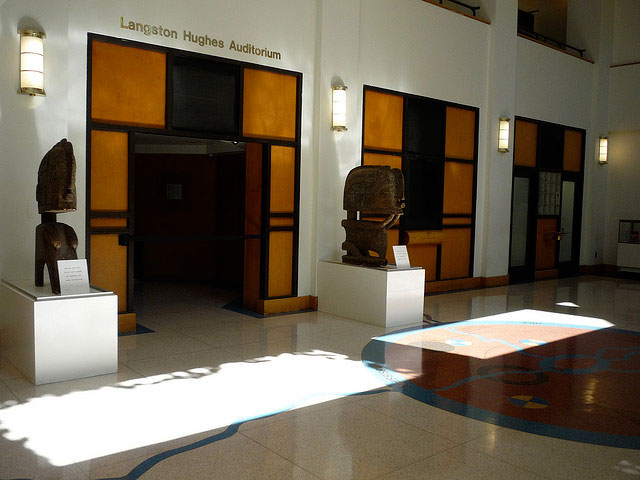
(Teri Tynes)
“For me, the joy comes from watching my students learn something new about their history,” said Mrs. Jenkins, 43, a middle school teacher. “I see myself in their faces because I remember when I first came to the Schomburg Center, as an adolescent … having a library devoted to black history was so important to me.”
One high school teacher believes that going to the Schomburg Center was a defining moment in her life.
“I teach an advanced placement class on African American literature,” said Mrs. Haynes, 47. “When I was a young girl in Harlem, I would come to the Schomburg Center at least once a week. I learned something new every time I came here … it seemed like this big museum of black art. I just couldn’t get enough of it.” Now, she encourages her students to visit the Center at least once during the semester, and incorporates it in her curriculum.
“Since I know firsthand how much useful information there is here, my students must attend the Schomburg Center, either by scheduling a tour or just coming here on their own,” Haynes added. “They have to write a paper on one aspect of the center, whether it be an autobiography of someone in the library or an exhibit of some sort.”
Haynes said she benefited from the tours that the Schomburg Center provides, and one tour guide knows firsthand how influential those tours have been.
“I just remember being fascinated by Schomburg and I just couldn’t believe he collected all of these priceless works of art,” said Wayne Evans, 30, who has been conducting tours at the Schomburg Center for the past four years. “Every day I’ve had the privilege of sharing this man’s legacy and his great collection with kids who may have never heard of him before.” Evans added.
Reporter Shone Lane contributed to this article.



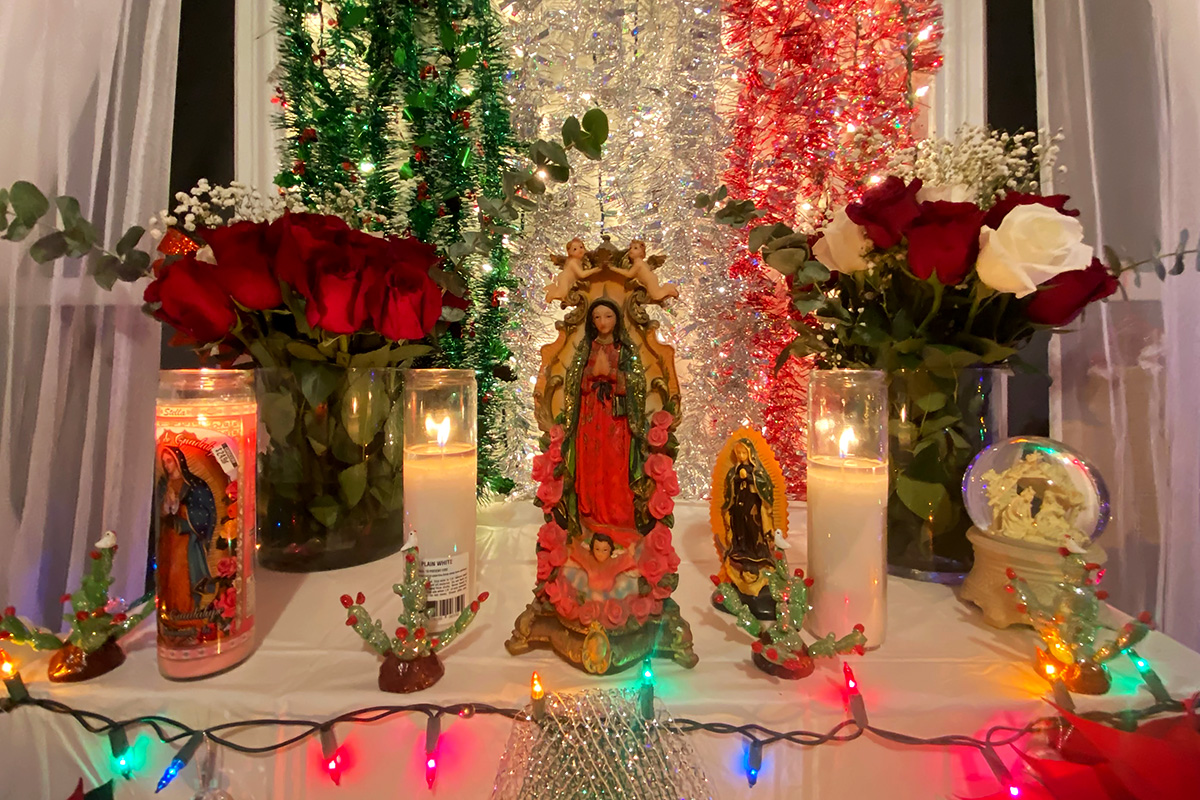
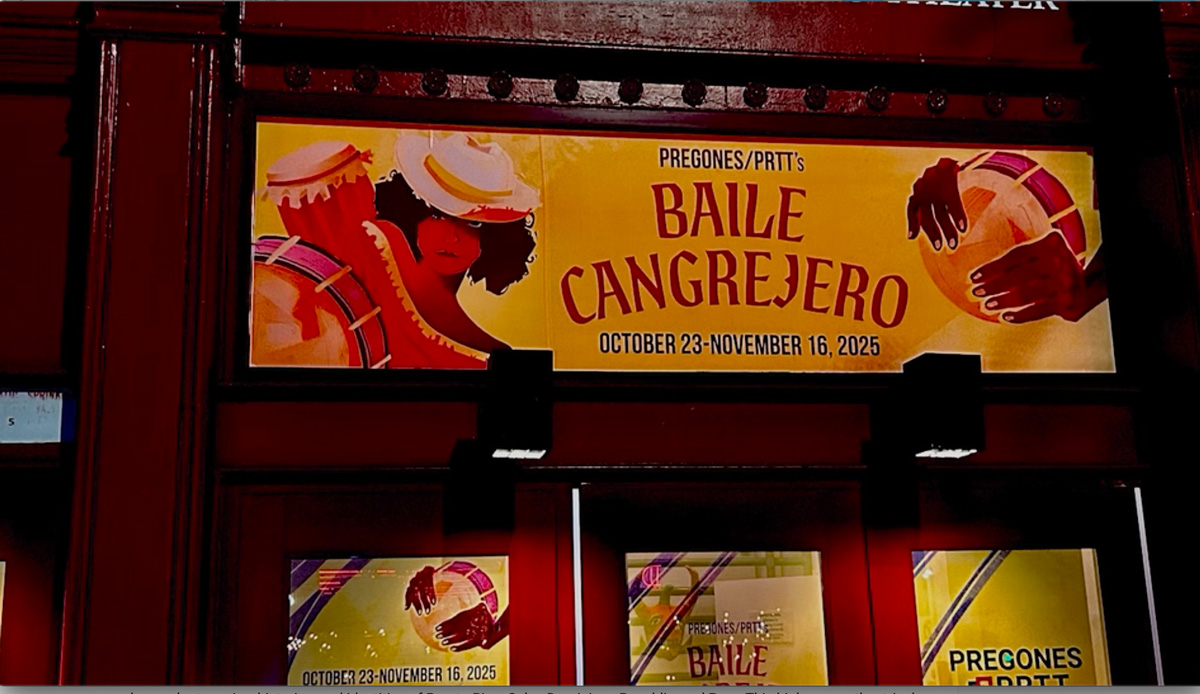
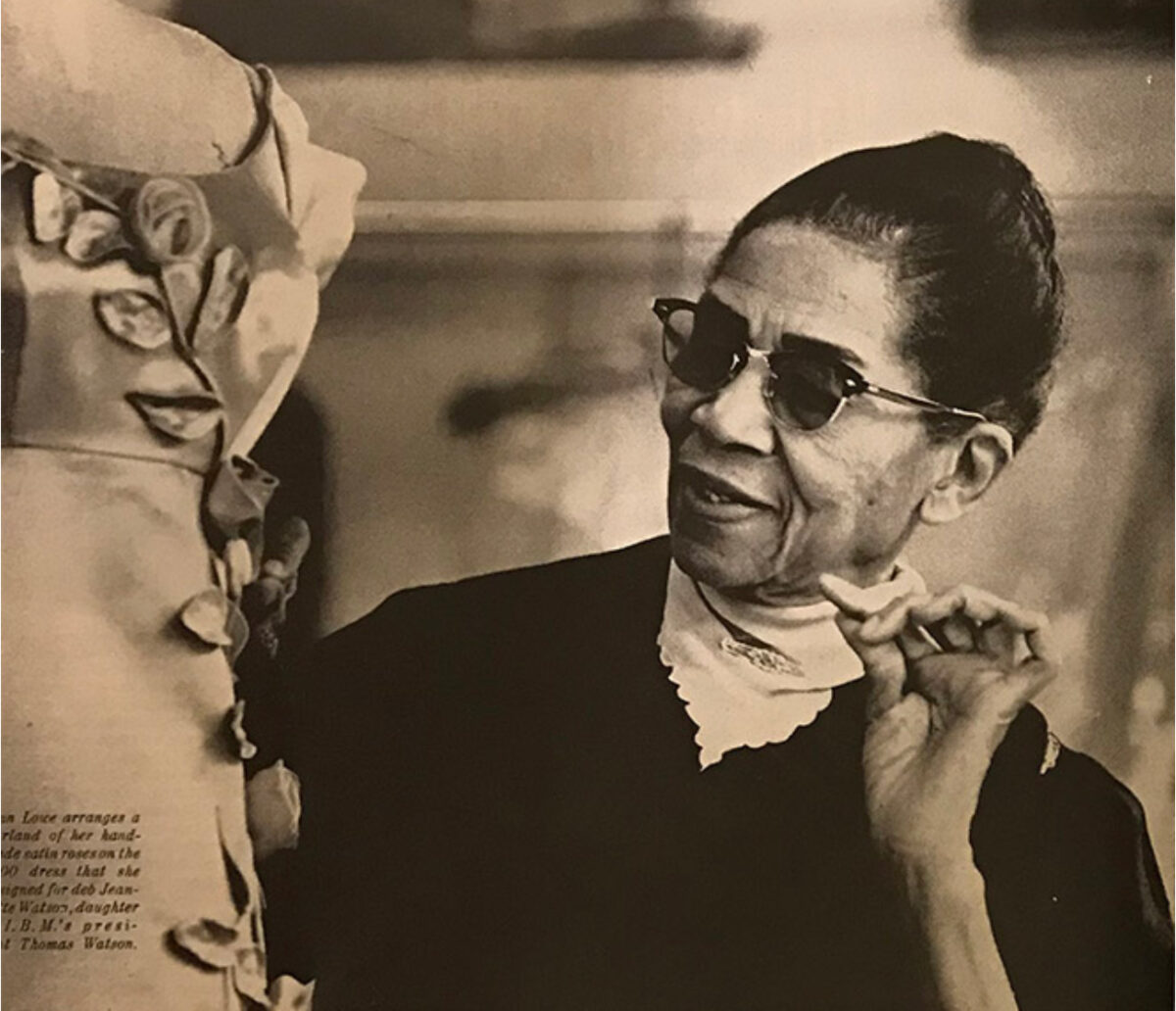
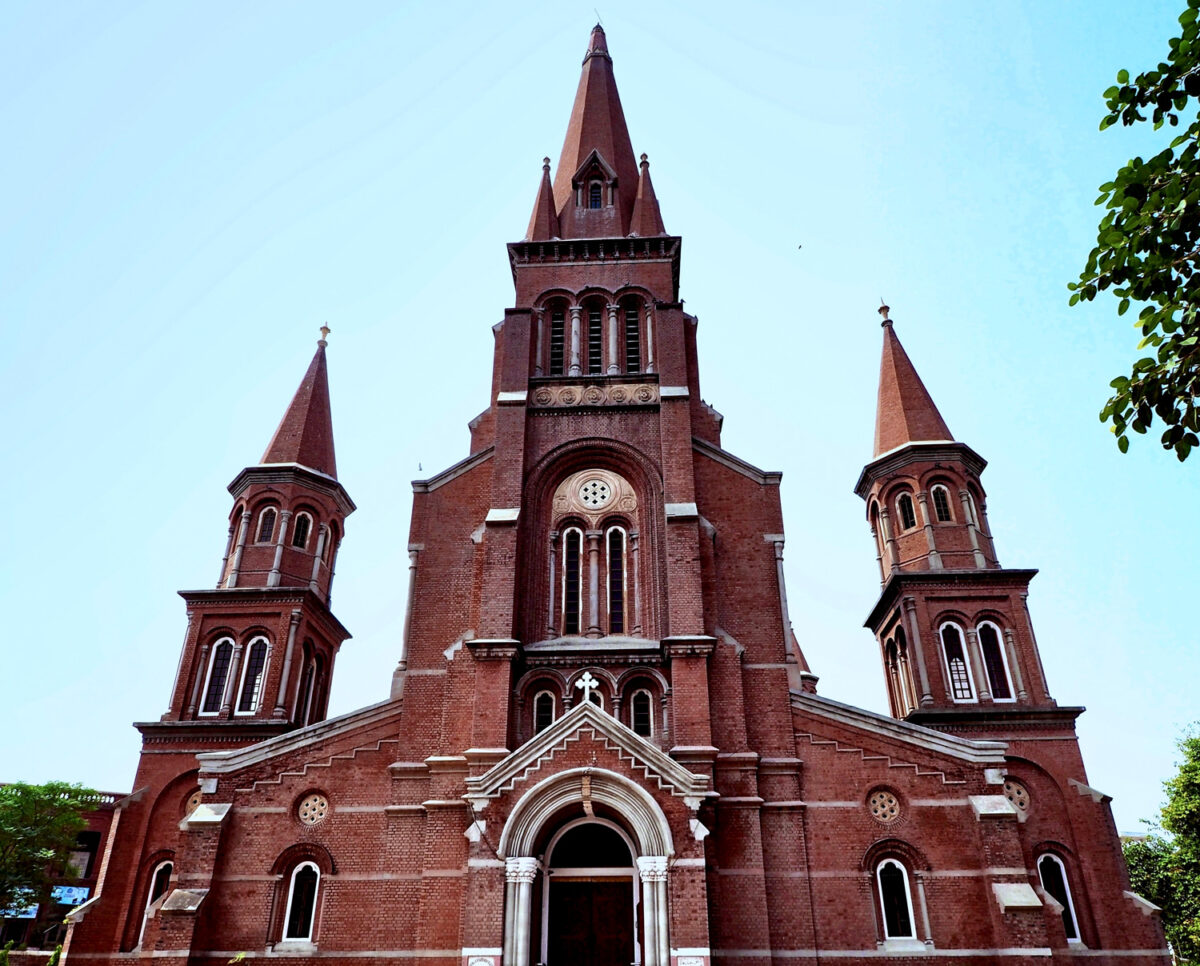
No comments